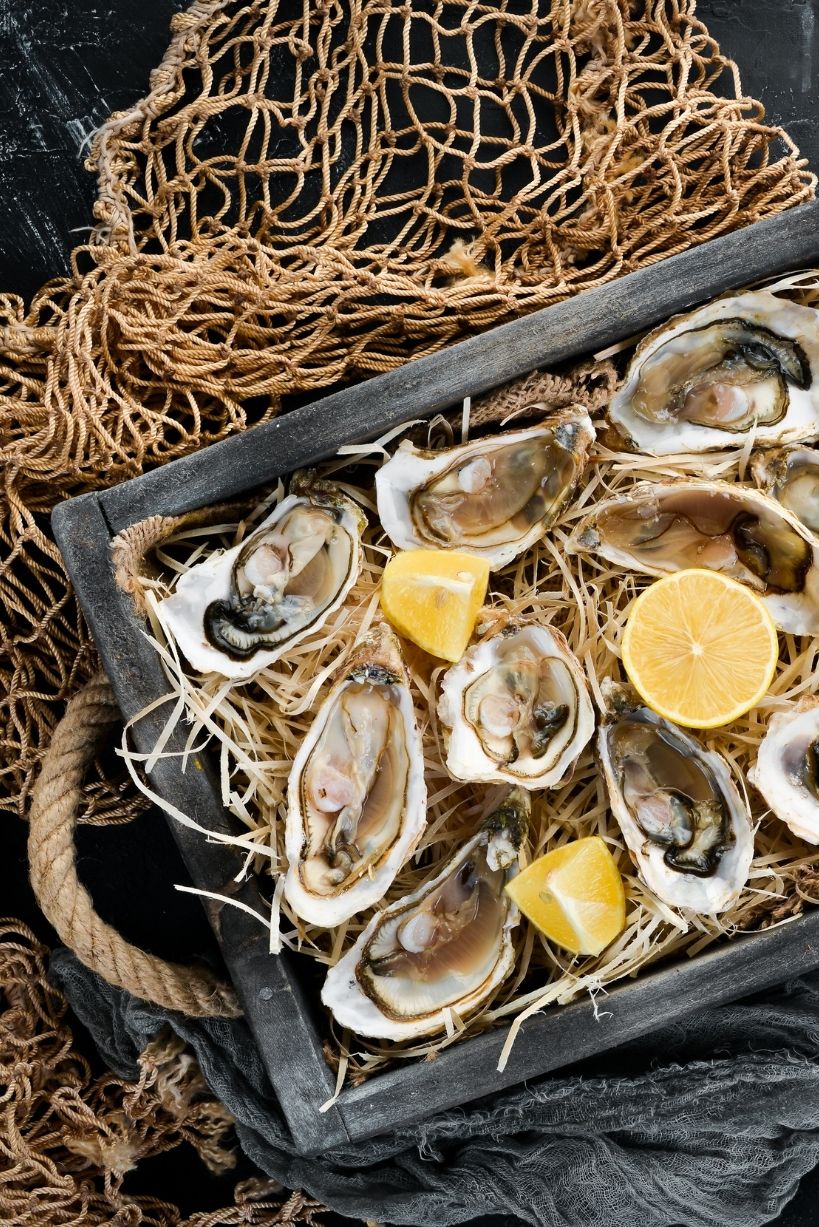

The term seafood can mean many things. The French call it les fruits de mer (the fruit of the sea). In modern parlance, “seafood” is a group that excludes fish, consisting of creatures that form a category of cuisine unto themselves.
That leaves us with a few other groups. Unless you live in the circumpolar north, you probably aren’t eating mammals like seal or walrus, and exotic fare like sea urchin isn’t on most people’s plates.
When we talk about seafood, we really mean shellfish. This includes crustaceans like lobster, crab, shrimp, and crayfish, or mollusks.
Shellfish can be delicious. They can also be dangerous, and while our palates can appreciate a little excitement now and then, food poisoning is an adventure no one wants to embark upon. Here’s why it can be dangerous to eat shellfish.
Besides a peanut allergy, an allergy to crustaceans and mollusks is one of the most common food allergies people have. Shellfish meat contains a protein called tropomyosin, which is innocuous to most people.
However, some people’s immune systems are overactive and misrecognize tropomyosin as a pathogen. In response, they release histamines that can lead to severe discomfort.
Most people eat shellfish sparingly. So, an allergic reaction can come as an unwanted surprise when they do.
A longstanding historical debate concerns kashrut, or “keeping kosher.” This encompasses the dietary laws of the Jewish people.
Were these laws in place simply to test religious devotion, or were such restrictions meant to give them an identity separate from neighboring tribes who ate indiscriminately? Alternatively, are these laws artifacts of a then-sensible approach to food safety?
Consider that pigs, Judaism’s most famously forbidden animal, were dangerous to eat if people cooked them with anything less than the utmost care.
The ban on sea life without fins or scales is less famous than the prohibition of pork. It allows for the consumption of most fish but disqualifies shellfish.
Speaking of indiscriminate eaters, wild lobster is one; it’s an omnivore that gobbles up anything it can find near the seafloor, including roundworms and tapeworms. Mussels are filter feeders, and in sucking up whatever comes their way, they can eat parasites and bacteria that are harmful to us when we eat them. Bacterial infections like vibriosis make eating undercooked shellfish highly risky. Maybe the rabbis were onto something.
There’s a lot of waste that winds up in the same ocean we eat from, and we don’t just mean the Giant Pacific Garbage Patch. The sea is a dumping ground for human waste, and the harmful norovirus can penetrate sea life. This is a big part of why it can be dangerous to eat shellfish.
When fishermen mishandle shellfish along the way, their catches can become contaminated with viruses and bacteria that make people who eat them sick. Though shellfish should be safe if you cook them at the correct temperature (at least 145 degrees Fahrenheit), most people order their shellfish from restaurants rather than cooking it themselves. You may want to stick to the cod.
Additional Resources:
Dolphins
Tundra
Sea Turtle
Mandarinfish
Understanding the common causes of delays during facility relocations can save you time, money, and…
If you or someone you know suffers from sleep apnea, chances are a CPAP (Continuous…
Learn about four effective methods hospitals can implement to share patient status updates, ensuring clear…
Learn about the benefits of an organized outdoor shed. Discover easy methods to reduce clutter…
Want to fly multiple flags but are worried it might be disrespectful? Here’s what you…
Prepare for power outages with tips on staying warm, safe, and stress-free. Learn how to…